How to Find Instagram Influencers With Artificial Intelligence
Many brands are constantly trying to find Instagram influencers to help amplify their social media marketing strategies. It’s relatively easy to find influencers on Instagram, but it can be difficult to find the right influencers for your brand.
Thankfully, AI is here to save the day. With artificial intelligence on your side, you can find Instagram influencers quickly and easily. And most importantly, you can choose the best ones confidently, knowing that you’ve analyzed their metrics and made the best decision for your business.
Keep reading to learn about how you can find Instagram influencers with AI, and what to look for when doing so.
Use an influencer marketing platform
You can find Instagram influencers directly on Instagram, but it’s likely to take you a long time to do so. And more, you can’t see on Instagram all the metrics you should evaluate when hiring influencers for collaborations.
A better way to find influencers is with an influencer marketing platform. This type of software uses artificial intelligence to analyze influencer’s profiles and determine things like their location, category, engagement rate and authenticity.
It’s important to define your campaign objectives and target audience before you start searching for influencers. Once you have that clear, you can use search filters to find exactly what you’re looking for.
Influencer marketing software Heepsy lets you search using various filters, like location.
Tips for using an influencer marketing platform
Using an influencer search engine is pretty straightforward. But here are a few tips to keep in mind to make sure you get the most out of your searches:
- Search a bit outside the targets ranges you set. For example, if you want an influencer who’s between the age of 25-35, search instead with a range of 20-40. You may find someone who’s 22 or 38 who perfectly matches your other goals.
- Search related categories, not just the one you think you want. When deciding what type of influencer you want, brainstorm some categories that closely relate to your target. For example, if you want a fitness influencer, you may come up with sports, basketball, crossfit, etc. Search those categories too, because you may find someone interesting.
- Bookmark more influencers than you actually need. When going through your search results, you can save interesting influencers to lists. Save more than what you know you’ll need for your campaign. So if you’re planning on collaborating with 5, save at least 10. Later on you can compare them against each other to ensure that you’re making the best decision.
What to look for in influencer results
When you search and get some results, you need to know what you’re looking at. Thanks to AI, it’s possible to analyze some core metrics related to how well influencers perform on Instagram.
Followers
Follower count is obviously one of the most important metrics, as it determines an influencer’s reach. It also determines how expensive it will be to collaborate with them. There are five types of influencers based on follower count:
- Nano influencers, 1-5K followers
- Micro influencers, 5-50K followers
- Medium influencers, 50-100K followers
- Macro influencers, 100K-1M followers
- Mega influencers, 1M+ followers
Not surprisingly, mega influencers are the most expensive type, and nanos are the most budget-friendly. But despite having relatively few followers, nano influencers, as well as micro influencers, can be great options for marketing campaigns. More about that below.
Follower Growth
In addition to the number of followers, you should also look at how an influencer has accumulated those followers over time. Organic growth doesn’t happen overnight; it could take years.
Follower growth over time, as seen on Heepsy.
If you see sudden spikes in growth, look carefully at what caused them. If the influencer went viral, or hosted a giveaway, that could explain it. But if not, they may have bought fake followers.
Engagement
Perhaps even more important than follower count is engagement. An influencer’s engagement rate shows how much their followers interact with their content. Engagement varies depending on the social network and number of followers, but AI can compare a specific influencer’s engagement to the average of their peers.
Heepsy compares an influencer’s engagement to the average for that follower range.
Beware suspiciously high engagement. Influencers can also purchase fake likes and comments that are automatically generated by bots. So if the average engagement for a certain follower range is 2%, but suddenly you see an influencer with 20%, dig a bit deeper into why that is. You may need to look directly at the profile on Instagram to see if the accounts that are liking and commenting on the content look like real people, or computer programs.
Nano and micro influencers generally have the highest engagement rates of all influencers. This is because their content comes across as authentic, and they can more easily interact with their audience. That special connection with their followers is what makes them such valuable assets in marketing campaigns.
Audience Demographics
For any campaign, you need to establish your target audience. Think of who you are marketing to, and how best you can reach them. And when working with influencers, vetting their audience is part of that process.
The audience language metric shows what languages an influencer’s audience speaks.
AI can help you analyze audience demographics like age, gender, location, interests and language. Don’t assume that just because an influencer matches your target audience, that their audience also does. Do the legwork and look into it so that you can be sure.
Audience Authenticity
Along with audience demographics, authenticity is another metric we can examine thanks to artificial intelligence. AI analyzes an influencer’s audience for behavior commonly found in bots, and then suggests a percentage of followers who look suspicious.
In this specific metric, we can see that 8.46% of the influencer’s followers exhibit some type of behavior common in bots.
As we said before, influencers sometimes buy fake followers. While that may pump up their follower count, those “followers” aren’t real people. They’re computer programs who have 0% in your brand or products. So before investing in an influencer collaboration, make sure the audience is authentic.
Conclusion
As you can see, there’s a lot to consider when finding and choosing influencers for your campaigns on Instagram. Thankfully, this whole process is easier with artificial intelligence. The power of AI, combined with knowing what to look for, will have you finding the right Instagram influencers in no time.
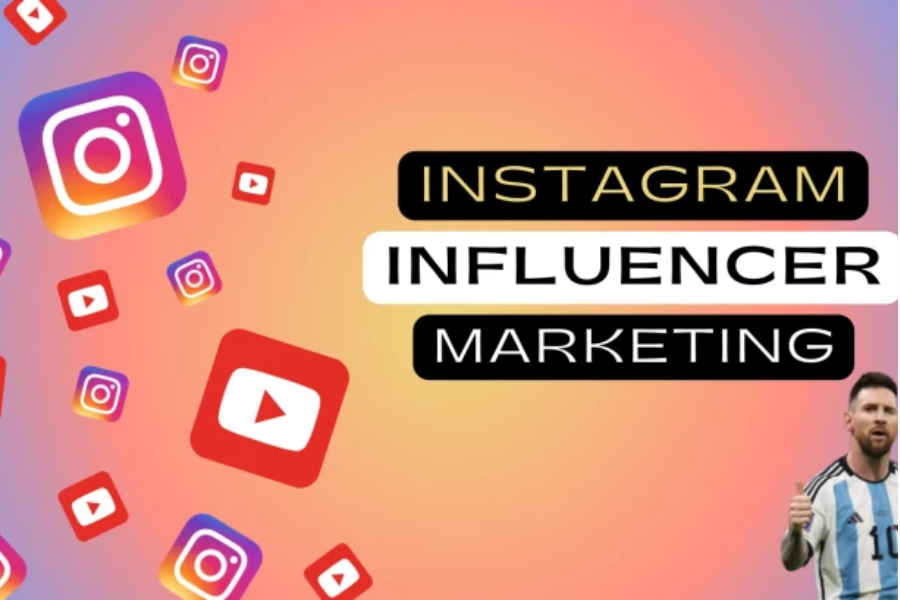
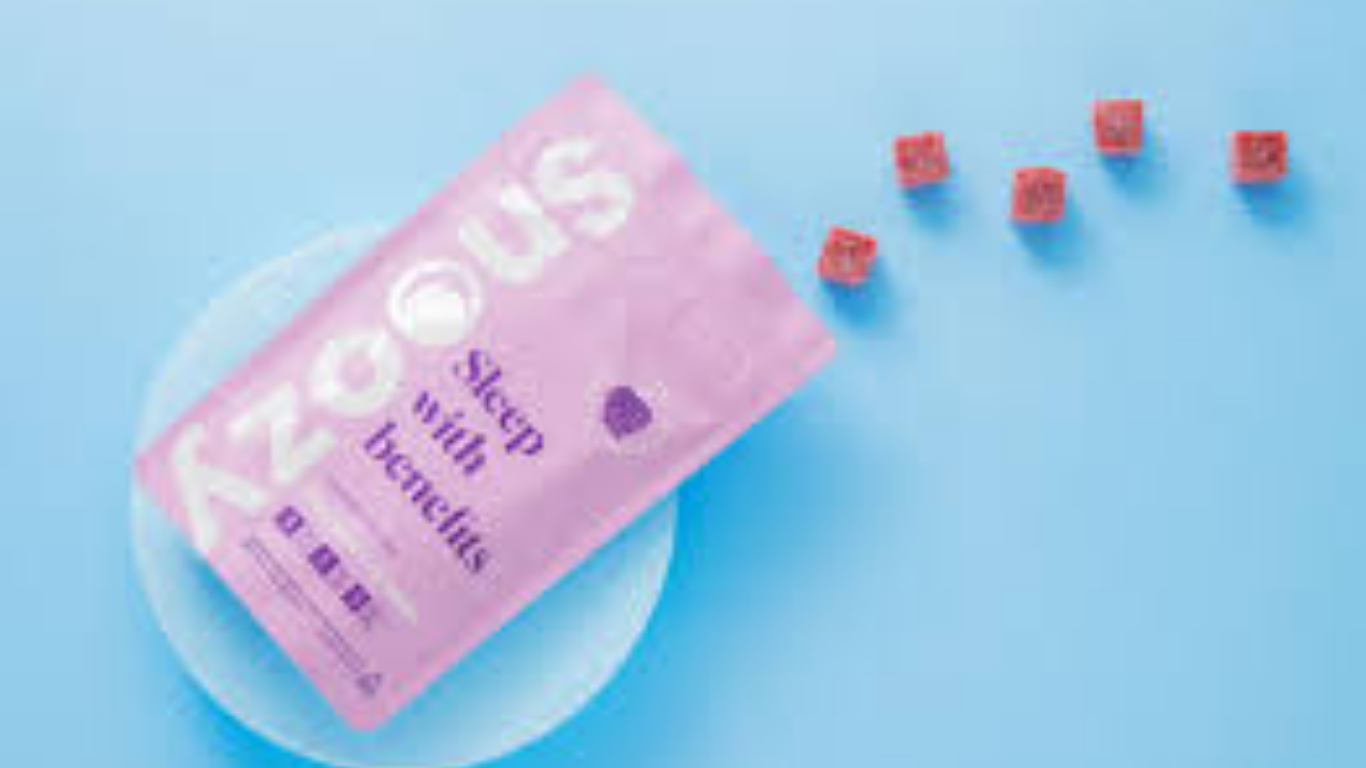


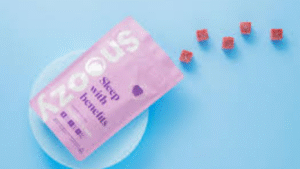




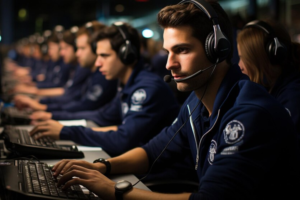
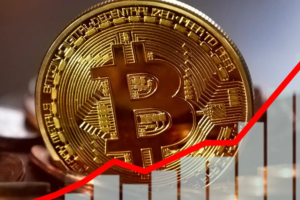



Post Comment